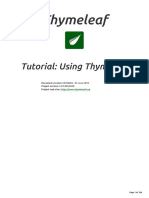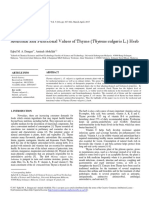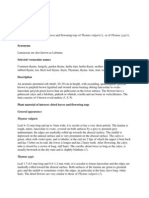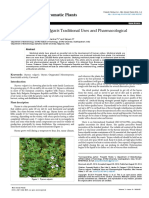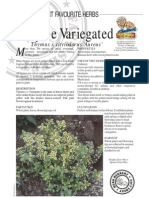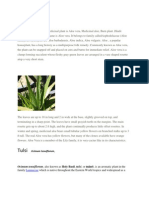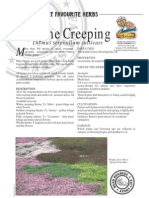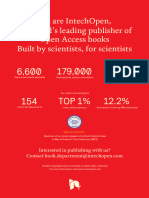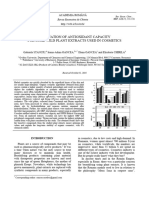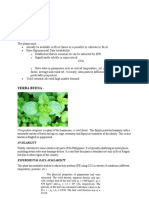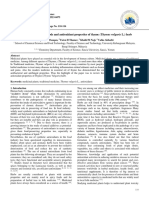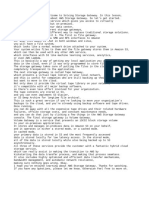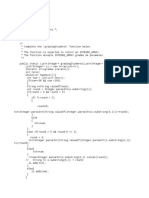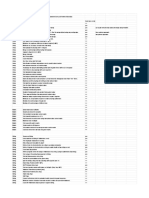0% found this document useful (0 votes)
66 views10 pagesIntroduction To Thymeleaf
Thymeleaf is a Java template engine that can be used to generate HTML, XHTML, and XML documents. It is a replacement for Java Server Pages (JSPs) and offers natural templating which allows templates to be viewed directly in browsers during development. Thymeleaf templates are valid HTML documents whereas JSP files are not valid HTML. Thymeleaf is an open source project created in 2011 by Daniel Fernandez that is no longer tied to web environments and can be used to generate HTML emails.
Uploaded by
Adarsh SrivastavaCopyright
© © All Rights Reserved
We take content rights seriously. If you suspect this is your content, claim it here.
Available Formats
Download as PDF, TXT or read online on Scribd
0% found this document useful (0 votes)
66 views10 pagesIntroduction To Thymeleaf
Thymeleaf is a Java template engine that can be used to generate HTML, XHTML, and XML documents. It is a replacement for Java Server Pages (JSPs) and offers natural templating which allows templates to be viewed directly in browsers during development. Thymeleaf templates are valid HTML documents whereas JSP files are not valid HTML. Thymeleaf is an open source project created in 2011 by Daniel Fernandez that is no longer tied to web environments and can be used to generate HTML emails.
Uploaded by
Adarsh SrivastavaCopyright
© © All Rights Reserved
We take content rights seriously. If you suspect this is your content, claim it here.
Available Formats
Download as PDF, TXT or read online on Scribd
/ 10






